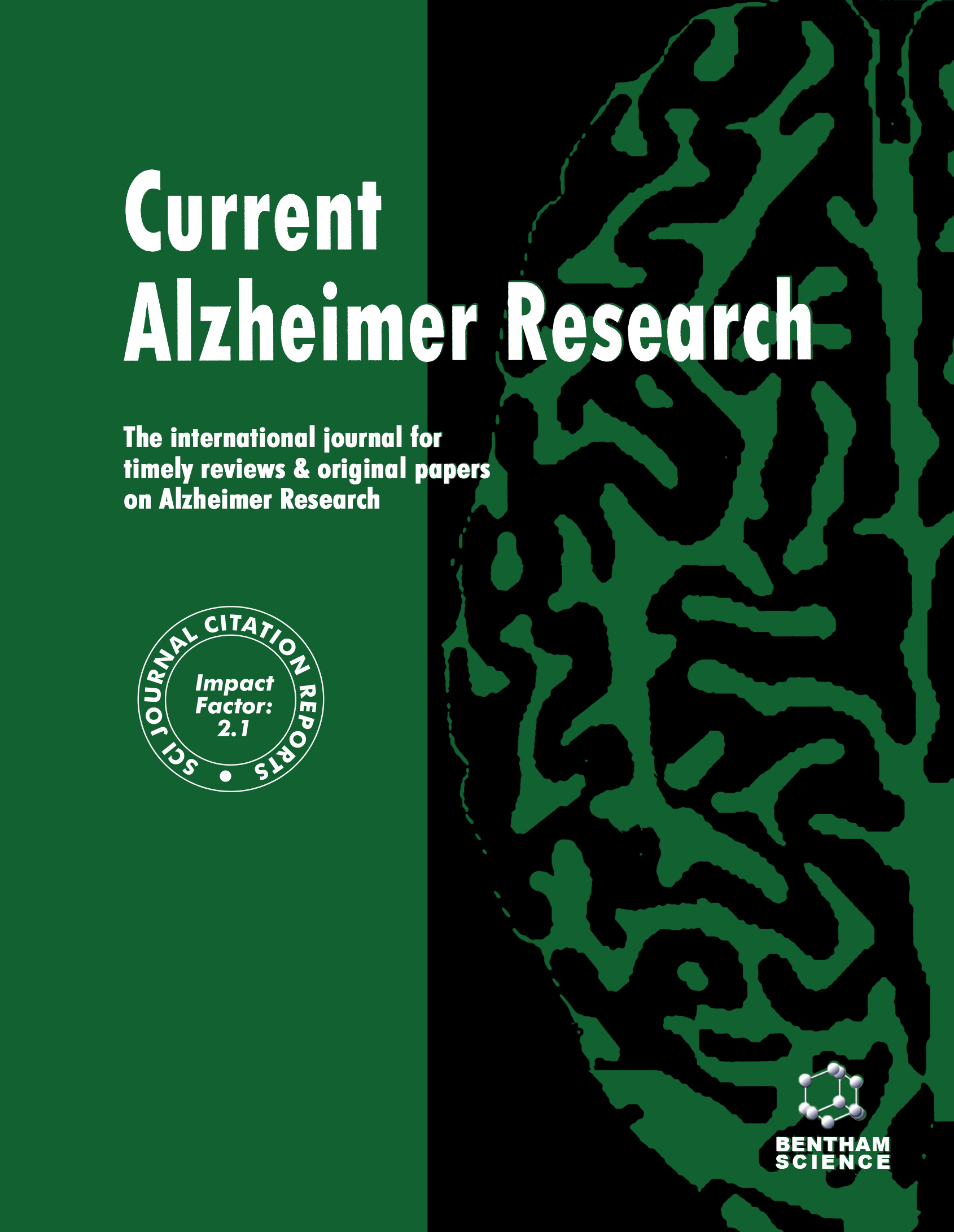
Full text loading...
We use cookies to track usage and preferences.I Understand
This study analyzed the current status, hotspots, and development trends of tau protein research in Alzheimer’s disease (AD) and to provide a reference for future research in this field. CiteSpace software was used to scientifically measure and visualize the relevant articles in the field of tau protein in AD brain from the Web of Science Core Collection database from 1991 to 2022.
A total of 568 articles were included, with an exponential growth in the number of articles published from 1991 to 2022, with an average of 17.8 articles per year. The United States is the most productive country in this field, accounting for 46.83% of the total literature. The New York State Institute for Basic Research is the most productive organization, followed by MRC Laboratory Molecular Biology in the UK. The most influential are Kings College London, University of California, San Francisco, and others. Iqbal K is the most productive author.
The most productive journal is the Journal of Biological Chemistry, and the journal with the highest impact factor is Acta Neuropathologica. The journal with the highest cumulative impact factor is Nature. The research hotspots mainly focus on the formation and degradation mechanisms of tau protein paired helical filaments and abnormal phosphorylation, AD neurofibrillary tangles and degenerative changes, and model research, mainly involving tau protein abnormal phosphorylation, phosphorylation sites, dephosphorylation, aggregate helical filaments, neurofibrillary tangles mouse models.
The research frontier trends mainly focus on the study of pathological changes in tau protein, intervention mechanisms, and the development and practice of clinical therapeutic drugs.

Article metrics loading...

Full text loading...
References


Data & Media loading...
Supplements

